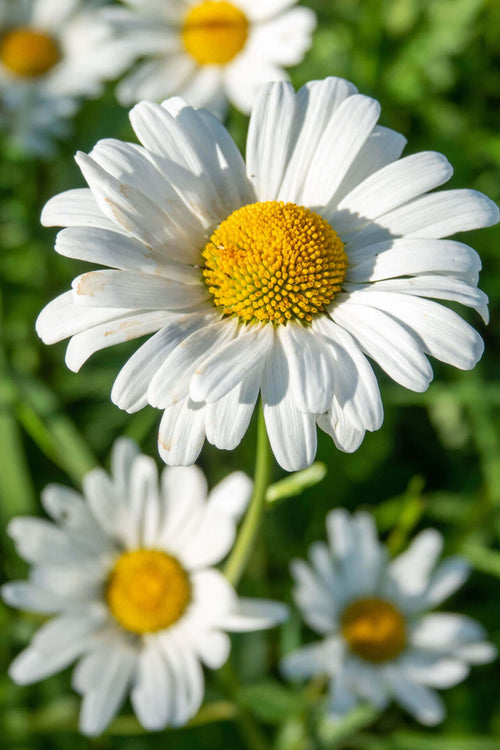It all starts with the base of the flower and the soil to keep your flowers smelling fresh
Best Selling Plants
Butterfly Plant
Plants like flowers and daisies are excellent garden plants to have around the garden because of the natural and lovely fragrances they emit around your home. The first thing you need to do before growing roses and flowers is to make the soil healthy.
There should be a healthy balance of phosphorous, nitrogen, and potassium for root, plant, and bloom growth.
Bloom's growth is the most crucial factor in keeping gardens smelling fresh. Having rich soil and ingredients will make flowers more potent and more robust when it comes to smell.
Check your local nursery and see what kind it takes to keep flowers smelling fresh and any ingredients needed to keep a healthy garden. Compost and manure are great for supporting soil drained of nutrients. Soil that promotes plant growth is often drained of precious nutrients, which, if not replenished, could affect the plant's growth. Weak soil will prevent plants from growing, but delicate plants will grow into mush if they do not have the proper nutrient balance.
When adding nutrients, you have the best chance of keeping your flowers smelling fresh by using organic compost and soil. Organic soil has the best balance of ingredients in giving the plants the nutrition they need to thrive. The compost should be composed of natural plant materials. Ensure any plant refuse is not diseased to prevent the spreading of any fungi or harmful bacterial growth on your plants. Bush clippings, leaves, and stem parts are all significant matters for turning into compost. Organic mulch is also a great way to trap moisture and retain heat while growing roots.



















































